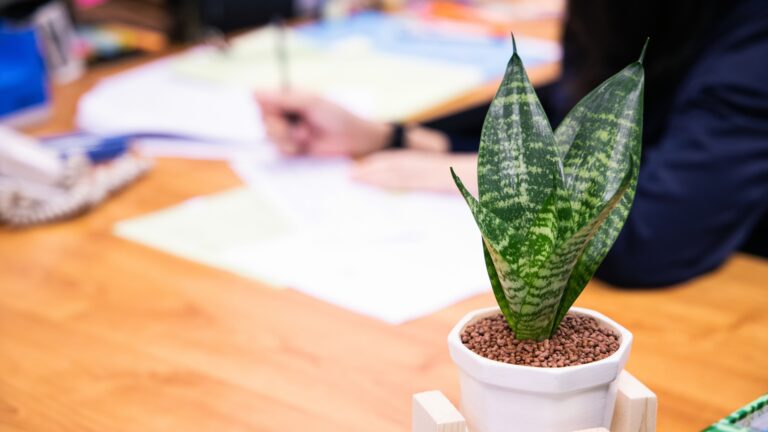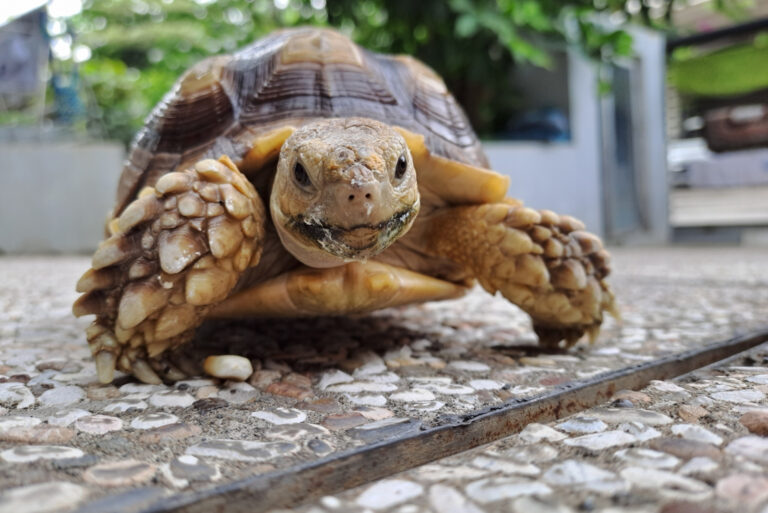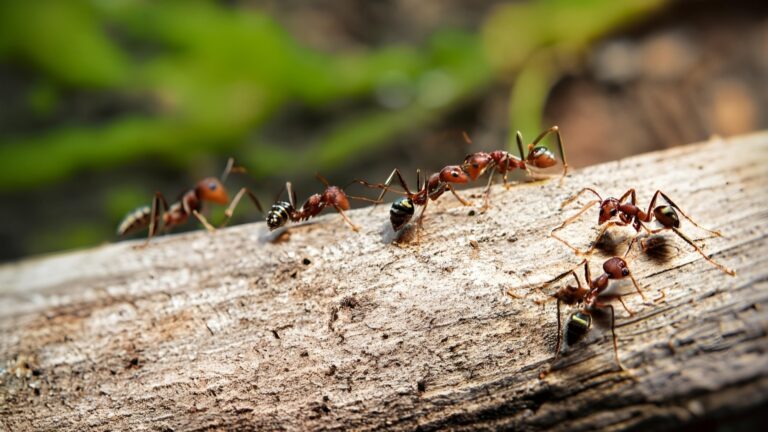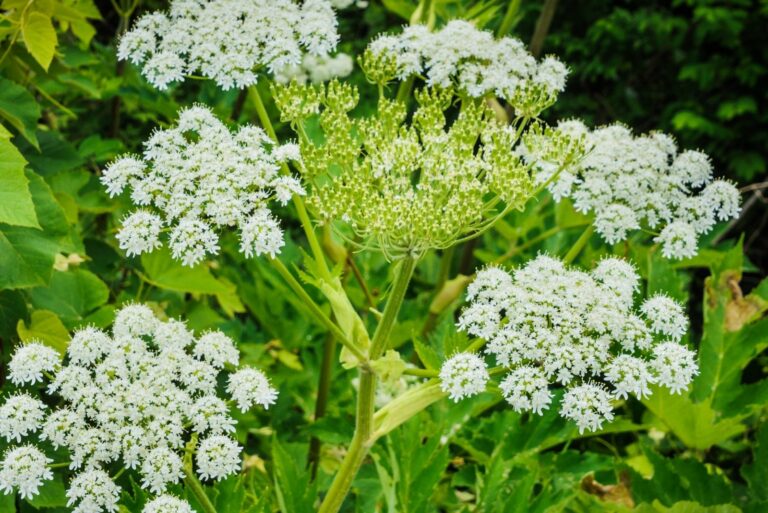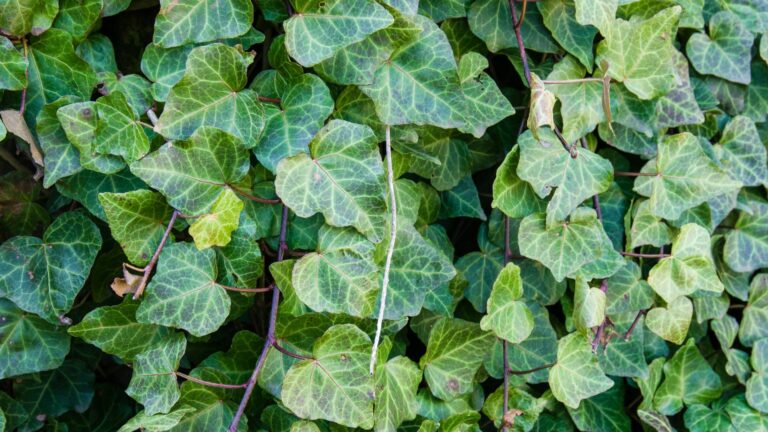The Hidden Truth About Feeding Baby Birds With Milk That We Don’t Speak About Often Enough
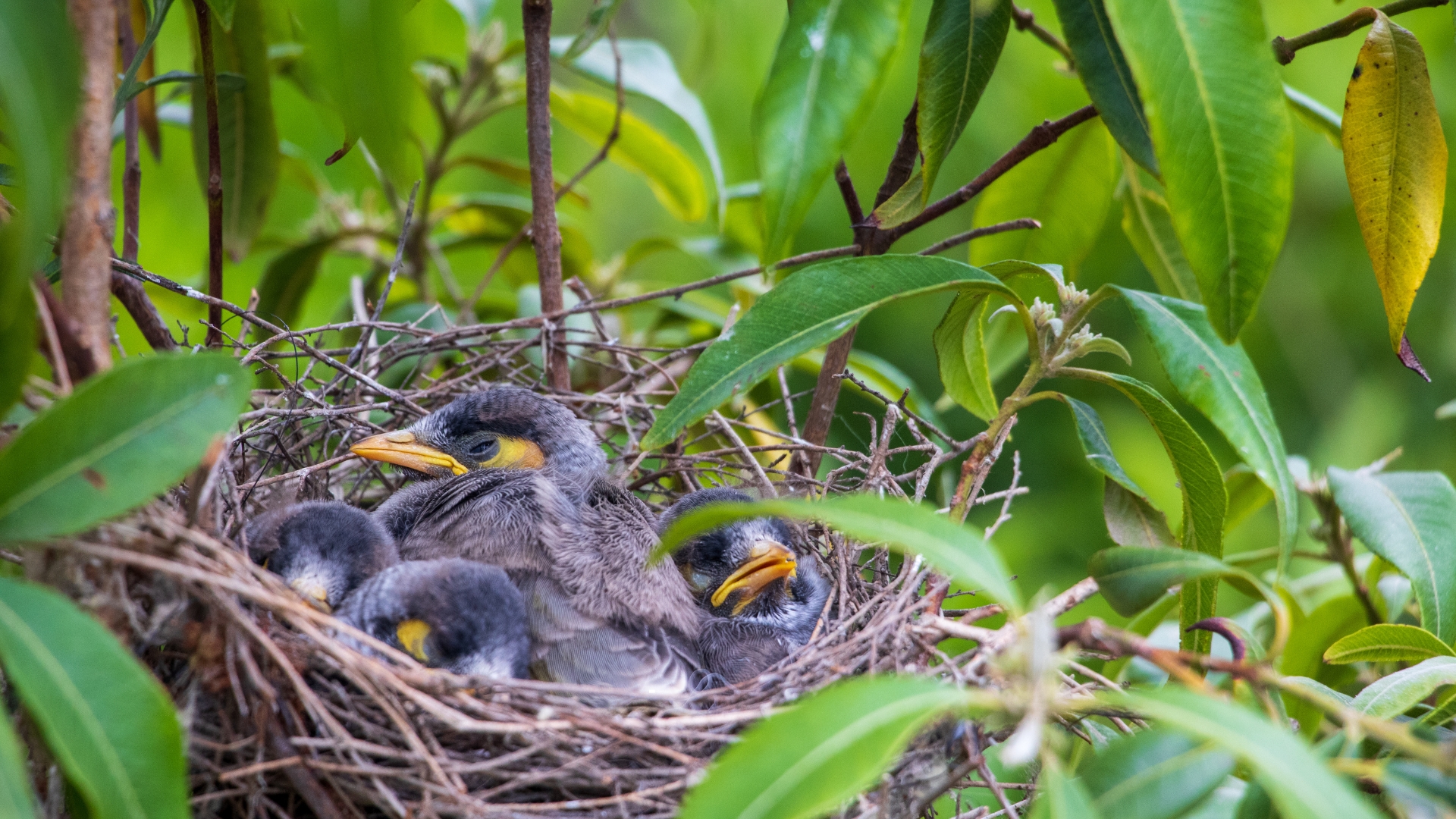
Is there anything cuter than seeing a baby bird in your yard? No, at least for me. But you know what the problem is? When you don’t see a mother bird.
I remember how worried I was when it happened for the first time. And, of course, the first thing that came to mind was to feed the little fella.
Milk was the most obvious solution since all babies drink milk, right? Well, little did I know…
If you’ve ever wondered if this option is safe, let me break it down for you:
No, You Should Not Feed Baby Birds With Milk, And Here’s Why
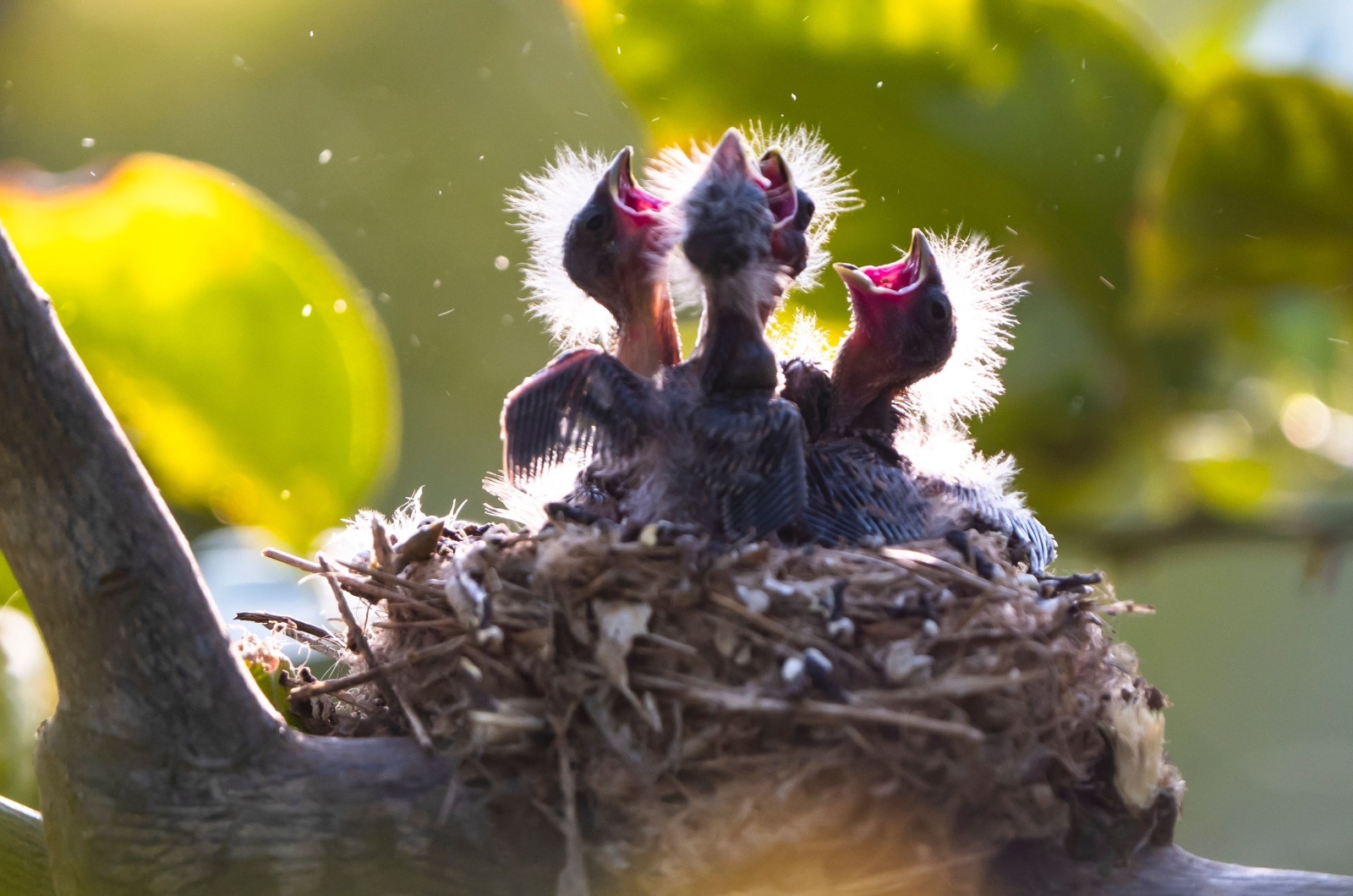
It’s clear as day! According to Wildlife In Crisis, cow’s milk is not a safe diet for baby birds. You see, these creatures aren’t mammals but avians, so their feeding preferences are different.
They don’t make milk for their offspring at all. Additionally, they can’t digest it. The only exception is crop milk but that only works only for some birds, such as flamingos, pigeons, and penguins.
It’s a milky substance and only the males of these birds produce it.
Birds don’t tolerate lactose and they don’t have the lactase enzyme, so they’ll need different types of food to survive.
Worms and insects are actually the primary source of food for these creatures.
So, What’s The Alternative?
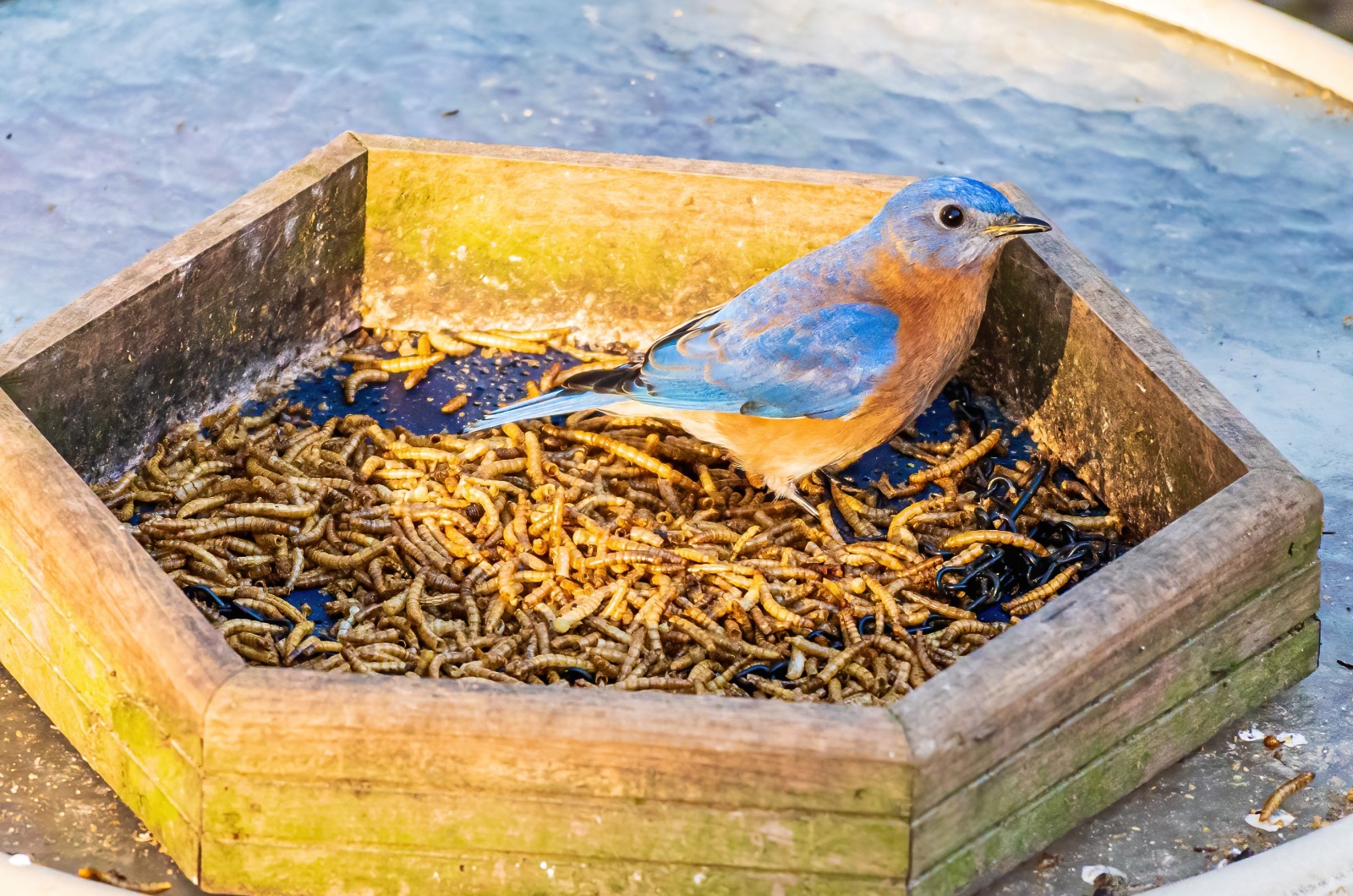
If you want to help little birdies, there’s still a safe way. Your main goal is to ensure enough food for the adult birds so they can care for the little ones.
Adult birds will also love seeds but, for the babies, worms and insects are the ideal choices.
You may already know that birds spend a lot of time and energy to find enough food for their babies and themselves. And that’s exactly where you can step in. By leaving mealworms for adult birds, you help them gain energy.
Dried mealworms are suitable for some species, but common birds such as Chickadees and Bluebirds prefer live mealworms.
You can purchase specifically designed feeders or make one yourself. I simply took a shallow dish with sides high enough to prevent worms from getting away.
And This Is How You Create A Perfect Yard For Birds And Their Babies
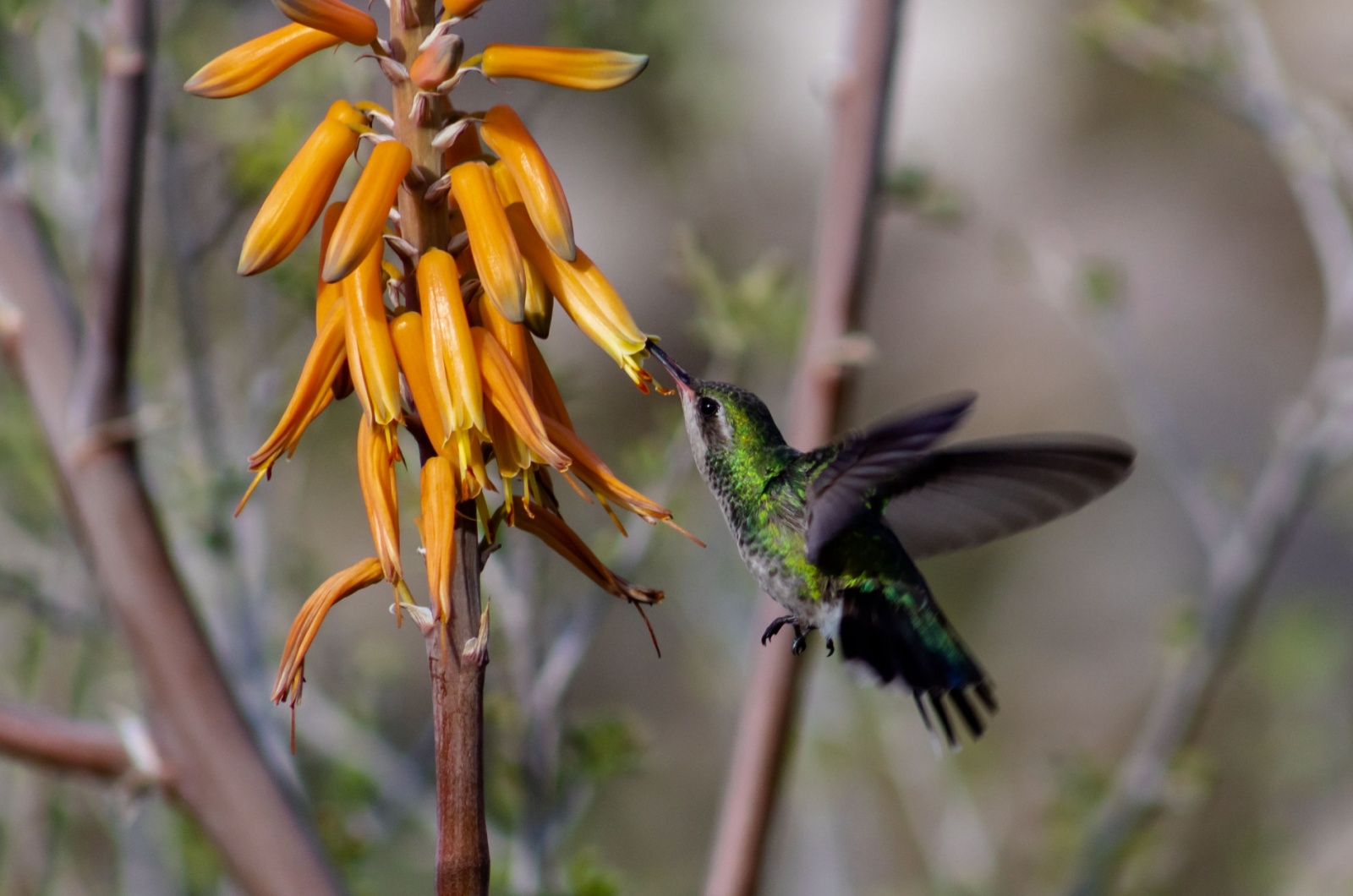
Spotting baby hummingbirds and birds, in general, isn’t as easy as it seems. So, we definitely have to put in more effort.
The first thing you should do is make your yard inviting for insects. If there are enough insects, birds will visit your yard and come back often. And that’s exactly what we all want, right?
You can start by cutting back on all pesticides if you use any. Why? Birds are living creatures and won’t come near any chemicals.
Your yard will be safe for birds, so you’re also contributing to the ecosystem. Unfortunately, the insect population is decreasing, so think of this as saving both species simultaneously.
My method for helping both insects and birds is growing native plants. Here in Florida, some good natives are the Purple Thistle, Eastern Purple Cornflower, and Firebush, and, of course, I added all of them to my garden.
You should do some research on native species in your particular area and add as many plants as possible. This will invite various insects and pollinators, and your yard will transform into a safe haven for all these creatures.
Feeding baby birds with milk isn’t safe but, luckily, there are ways to ensure food for your feathered friends. Just use our tips and get the birdies chirping with joy!

